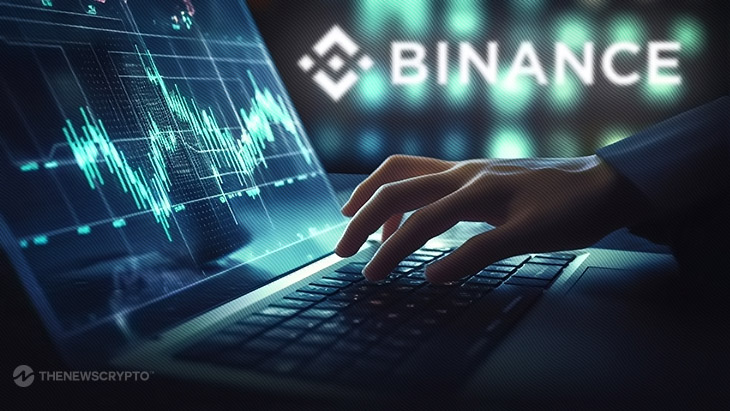DeFi has had a significant capital inflow in 2024, resulting in a 75.1% increase in TVL year-to-date (YTD) to US$94.9B from US$54.2B at the beginning of the year. Nearly all DeFi sectors have benefited from this increase, including big and specialized markets. As a result, differentiated markets have emerged, enabling the on-chain provision of financial primitives that were previously unavailable.
The Binance Research team’s in-depth analysis “Breakthrough DeFi Markets” explores the present and potential state of the decentralized finance (DeFi) industry, emphasizing noteworthy patterns, cutting-edge protocols, and promising opportunities.
To $9.1B in TVL, yield markets have expanded by 148.6%, ranking it as the eighth-largest DeFi market by TVL. Pendle has been leading the charge to put interest rate derivatives on-chain, and it has benefited from the surge in yield-bearing assets and increasing rate volatility caused by speculative point systems and liquid restaking. Pendle has grown by an astounding 1962% year-to-date to US$4.8B.
This year, stablecoins’ circulation market capitalization hit US$161.1 billion, the highest level in over two years. Ethena, the fifth-largest stablecoin, has risen 2730.4% to a US$2.4 billion market value by taking advantage of a gap in the market for a more capital-efficient yield-bearing stablecoin. It has a clear edge because to its innovative delta-neutral model, which combines financing rates for perpetual futures with staked ETH.
This year has seen growth in the money markets, with on-chain TVL rising 47.2% to US$32.7B. Modular lending has gained popularity due to the need for more flexible lending products, such as those that accept collateral from long-tail assets. In response, Morpho created MetaMorpho and Morpho Blue, which in a matter of months attracted billions of deposits by fusing the efficiency and flexibility of isolated markets with the ease and pooled liquidity of conventional lending.
This cycle saw the prediction markets achieve a new high, with TVL reaching a record US$55.1M after a 57.7% increase YTD. With the US elections approaching, Polymarket, which has historically thrived on political events, has had a notable rebound, with average monthly volumes rising from US$6.1M in 2023 to US$42.0M in 2024. On-chain derivatives activity has rebounded due to the market upswing, with average daily volumes rising from US$1.8B to US$5.4B this year.
On-chain derivatives adoption has accelerated significantly since the year’s beginning, with average daily volumes increasing from US$1.8 billion to US$5.4 billion. Increased competition from more recent arrivals like Hyperliquid, Aevo, and RabbitX, together with a rebound in volume for more established firms like dYdX and GMX, have been the main drivers of this rise. Furthermore, the expansion of well-known derivatives initiatives on non-EVM blockchains emphasizes how far the industry has come.
The markets are back, and this has resulted in some intriguing advancements in the field of decentralized finance, or “DeFi.” Significant capital inflows into DeFi have coincided with the overall market rise, and as a result, the total value locked (or “TVL”) has increased to US$94.9B this year from US$54.2B at the beginning of the year, indicating a robust 75.1% year-to-date (“YTD”) gain.
The ongoing capital commitment of billions of dollars, which highlights the stability of DeFi, is very significant. The distribution of this capital shows that this year has seen considerable growth in almost every DeFi sub-sector, including the smallest ones. The days of DeFi markets being primarily driven by subsectors such as Decentralized Exchanges (“DEXes”) are long gone.
If DeFi is to reach its high revenue projections—such as the estimated US$231.2 billion by 2030—then this diversification is basically essential. To make this happen, a wide range of markets that can open up new financial primitives and help consumers get the most out of DeFi must be developed.
We expect a move in these markets toward a more concentrated market structure as they become older, centered around a few key strategies. DeFi will probably keep changing over the next year, becoming so different from its previous incarnations that it will be impossible to recognize.








